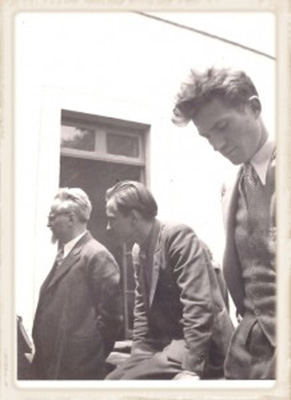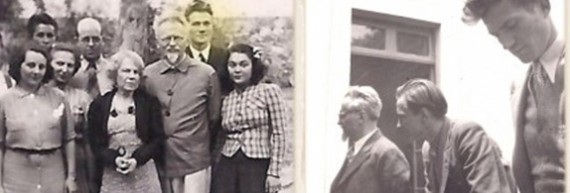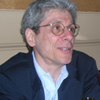Page 4

(During the Dewey Commission hearings in Coyoacán, Mexico, 1938, to investigate the truth of accusations leveled at Trotsky during the Moscow show trials. ©Laure van Heijenoort, used by permission.)
By the time he appeared in court, Jean had earned a doctorate in mathematics from New York University, eventually writing and editing seminal works in the discipline of mathematical logic. He had two children (and now grandchildren and great-grandchildren) on two continents, in France a son of the same name, a biochemist; and in the U.S., a daughter, Laure, a lawyer in Albuquerque, NM.
In a stroke of fate that a novelist might hesitate to invent, Jean was killed in Mexico City in 1986. His wife, his fourth, shot him to death, then killed herself. She was the daughter of Trotsky’s Mexican lawyer.
Jean at the time was still going through the archives of his earlier years. The memoir that fortunately he had already published depicts a tiny, hunted band, unsure of its existence from one moment to the next. Trotsky’s failings on a human level come into view, as well as the insights that explain the allegiance of people like Jean.
In June or July of 1939, Trotsky asked me to do research in Mexico City’s National Library and try to find some texts on the 16th century wars of religion and on the end of the Roman Empire. According to him, these two epochs of historical fracture were the ones to compare with ours. I can still see the scene in his study as he stood near me. I made some objections, mentioning the atrocities of the wars of religions, in which people were hurled down from towers onto the spears of soldiers waiting below. He gave me a look of rare sadness and said, ‘You shall see.’ We have seen.
And we’re still seeing.




Responses to “The real “Van””